No products in the cart.
Environmentally Friendly Packaging
Environmentally Friendly Packaging For Your Business in 2025 (and Beyond) Eco Friendly Packaging
All businesses know it’s important to reduce their impact on the environment, but did you know that not doing so can actually hurt your bottom line? Millennials and Gen Z are pushing for brands to be more environmentally responsible and, depending on where you live, using sustainable packaging strategies, like cardboard, may actually be required by law within the next few years - meaning you could face hefty fines if you don’t.


If 64% of consumers are willing to pay a premium for products that deliver on sustainability practices now, imagine how much bigger that number will be next year or the year after? If you’re on board with using eco friendly and biodegradable packaging but aren’t sure about the costs or where to start, let us fill you in on the basics.
What’s eco-friendly product packaging design?
First things first - what the heck is eco-friendly packaging practices, anyways? Sometimes referred to as sustainable packaging, eco-friendly packaging is packaging that, over time, reduces its environmental footprint, whether through the ingredients it uses, the production process, or its reusability.
In most cases, eco-friendly packaging meets more than one of the below:
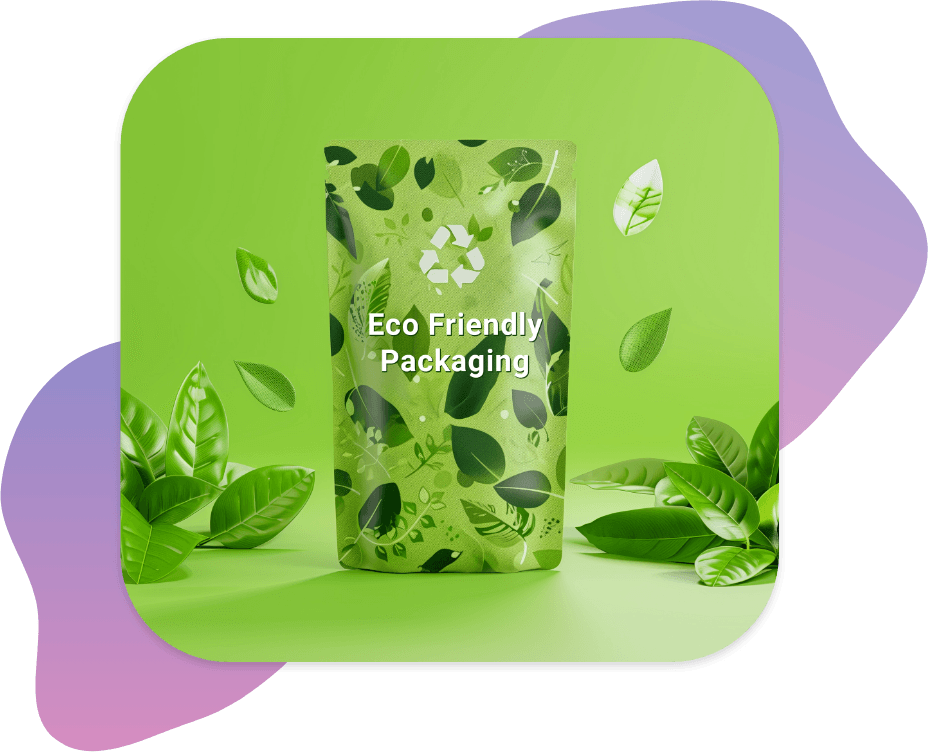
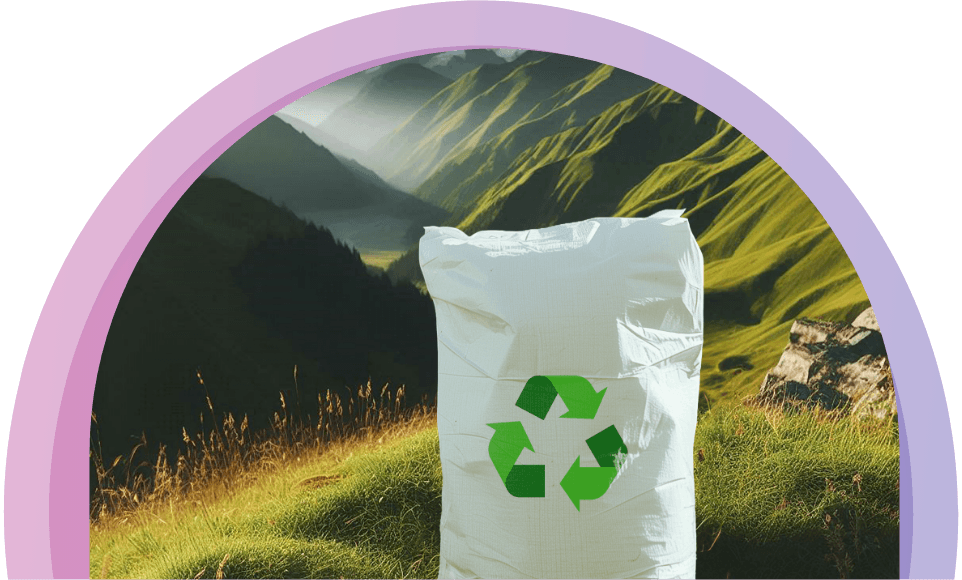
Unfortunately, there is no universal standard that a product must meet before it’s considered to be eco-friendly. This makes it super difficult for businesses to find eco friendly packaging or shipping supplies. Fortunately, companies like CarePac go out of their way to ensure that their packaging meets the highest of standards and check all of the above off the list.
Yep, that’s right - we do the heavy lifting for you so you can rest assured that your green packaging solutions are as good for the environment as they are for your bottom line.
Biodegradable vs compostable vs recyclable packaging: What’s the difference for your brand?
As you research eco-friendly packaging solutions to you’ll likely come across these three words used repeatedly -- and often interchangeably. Not to add to the confusion, but they actually refer to three different processes, and we think it’s important for our customers to understand the differences so they can offer sustainable packaging that's right for them.
Recyclable
Recyclable materials still have useful chemical properties after serving their original purpose and can be remanufactured into new products after use, although they’re usually only able to be remanufactured once.
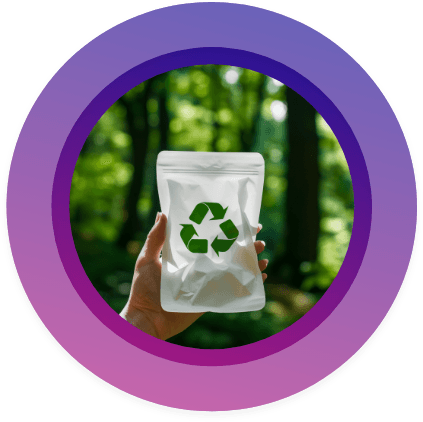
Compostable
Compostable packaging biodegrades within 180 days or less under controlled composting conditions -- high humidity, high temperature, and the presence of bacteria. Most compostable materials have to be sent to a special composting plant to be composted.
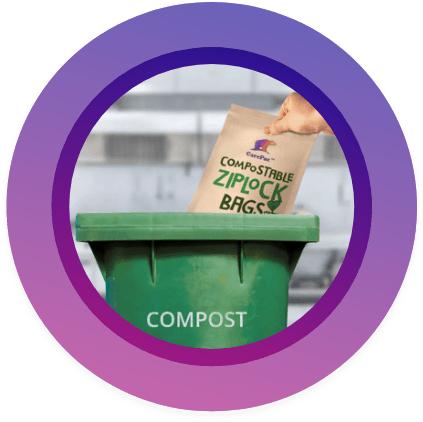
Biodegradable
Biodegradable materials don’t have to be sent to a particular facility or be exposed to a perfect mix of humidity, temperature, and bacteria. Instead, they break down and decompose in their natural environment.
This is true “sustainability.”
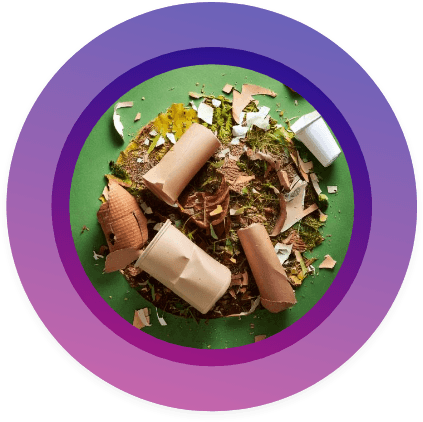
As you can see, the differences between the three come down to how they break down in the environment and how involved the consumer needs to be in their breaking down. While all three are technically “eco-friendly”, which you opt for depends on the factors we discuss on this page.
Why should you use recycled packaging materials?
As discussed above, the world is moving towards being more earth friendly. Millennials and Gen Z prioritize sustainability over cost when shopping and, considering they’re the largest demographic of shoppers, it only makes sense to meet their needs.
Plus, plastic contributes to a huge chunk of pollution -- it can take up to 1,000 years for plastic to biodegrade. Which takes us to our next point: recycling.
Many businesses focus on using recyclable materials but, the unfortunate truth is that only 9% of the world’s plastic is actually recycled. The rest ends up in landfills and oceans. Why, you might ask? Well, there are several reasons, including:
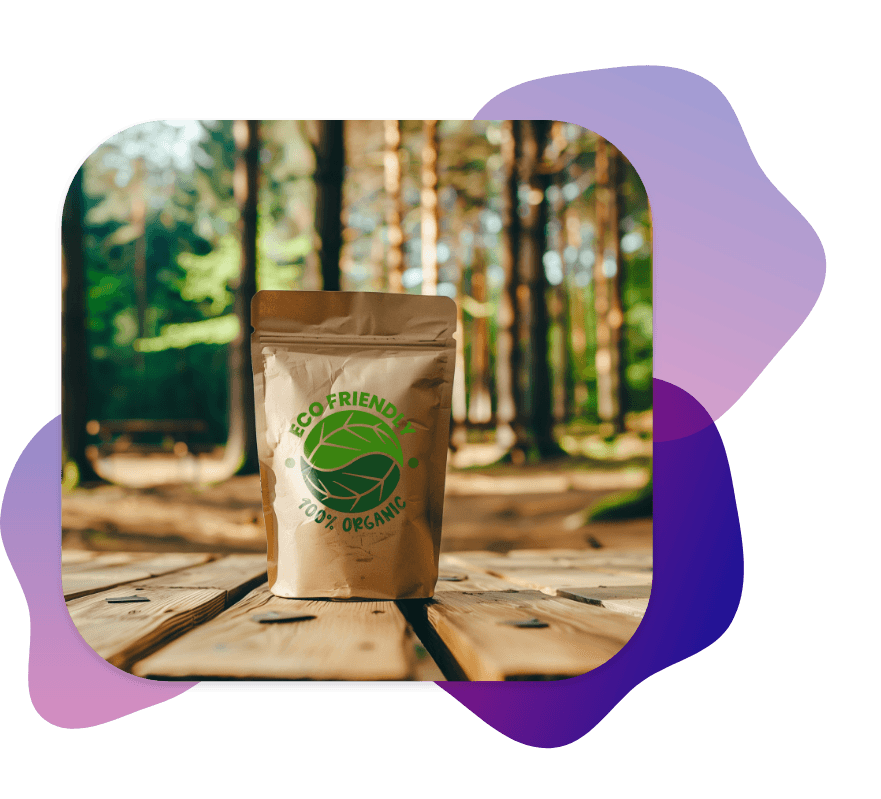

Rejected by local or regional waste handling facilities
It’s not uncommon for a recycling plant to reject contaminated plastics. Many Americans are unaware that they have to wash their used plastic the way they would a ceramic plate or glass cup; plastics need to be totally free from food waste before a recycling plant will accept them.

Plastics degrade over time
Contrary to popular belief, plastics can usually only be recycled once. Yes - you read that right; that plastic Coke bottle only gets recycled once at a recycling plant and then it winds up in the landfill along with all the other trash. Sad, right?

Consumer apathy
We’ve all seen someone toss a plastic bottle into the trash can when there’s a recycling bin literally right next to it, right? Some consumers just don’t care about sustainability, and no matter how hard you press them to recycle or write instructions on cans and bottles they simply never will.
By opting for environmentally-friendly packaging from the get-go you won’t have to worry about any of the above. Consumers will be forced to implement sustainable packaging solutions, you won’t have to worry about degradation, and they won’t get rejected by waste handling facilities. Talk about a win-win-win.
Sustainable packaging strategies for your business
From labels made out of sweet potatoes or another plant to bioplastics, there’s a seemingly endless selection of eco-friendly packaging alternatives to choose from. Here are some of the most popular. Remember, since we’re a packaging company the below encompass packaging solutions -- if you’re interested in becoming more sustainable in other areas of your business, click here to learn more.
Paper and cardboard
Paper and cardboard are some of the most common materials currently used for packaging and, the good news is, they’re environmentally-friendly as is. No need to swap out your cardboard boxes for a more environmentally friendly packaging alternative.
Bioplastics
PLA, or polylactic acid, is made from fermented plant starch (think: corn, sugarcane, or sugar beet pulp.) It’s considered safe for food contact, and its transparent, stiff, odor-shielding and has printable properties. Other common bioplastics include cellulose-based plastics and PBATs. Learn more here.
Corrugated bubble wrap
Although we don’t sell this item, we think it’s still important to mention. Instead of plastic bubbles or styrofoam peanuts (both of which are horrible for the environment), you can cover fragile items in corrugated bubbles. It’s made from 100% recycled cardboard and can be recycled and composted.
Poly mailers
Made from bio-based materials, our recyclable and compostable poly mailers are strong enough to hold up in the mail, but won’t take up unnecessary space in landfills for hundreds of years. In fact, our compostable bags break down in as little as 90 days! You can learn more about them here.
Other environmentally-unfriendly packaging practices to avoid
Beyond using the wrong materials, there are other practices you can avoid if you want to be more eco-friendly. Here are a few to consider.

Excessive packaging
Is it necessary to package something the size of a pen in a package that doesn’t fit into the mailbox? Probably not. Do you really have to include layers and layers of tissue paper or bubbles in a package that isn’t transporting something fragile? Nope. As a business owner, these are the questions you should be asking yourself before you ship. When in doubt, always opt for the smaller box.

Greenwashing
Greenwashing is the term used for companies that deceptively try to persuade the public to believe its products and policies are environmentally friendly. Nothing is worse than a company that claims its eco-friendly but isn’t, so if you’re not being environmentally friendly right now don’t bother saying you are.

Not shipping items together
Another common practice, especially popular with Amazon, is to ship items one by one as they become available in the warehouse instead of waiting until the order is complete. At minimum, give consumers the option to have all their items sent in one box. You’d be surprised how often consumers are willing to wait, especially if they’re ordering a gift or other non-essential household item.
If you weren’t convinced before to use environmentally-friendly packaging, we’re pretty sure we’ve convinced you now. Keep reading to learn what to look for in environmentally-friendly packaging and how to make the transition.
What to look for in environmentally friendly packaging
Despite the above issues, there are plenty of sustainable packaging strategies and options to see out there. If you’re on the hunt for the best eco-friendly packaging solutions, here’s what to look out for.
Paper over plastic
It should go without saying, but always choose paper over plastic - in the grocery store and for your shipping solutions. Paper is renewable and naturally biodegradable. Plastic is not.
Opt for FSC certified
When it comes to paper, look out for products certified by the Forest Stewardship Council (FSC). They certify that products come from a forest that’s been sourced in an environmentally-friendly and socially responsible manner.
Non-toxic dyes
If your packaging uses dyes (almost all packaging does), choose natural, non-toxic dyes like soy instead of petroleum based inks. It’s a little known fact that it’s easier to recycle paper that’s been dyed with soy.
Last but not least, if you have excess materials try to give it a second life by using it to wrap fragile items during shipping. Whenever possible, try to use something, whether it’s excess fabric or extra paper, instead of tossing it in the recycling bin. For more tips, check out our blog post.
How to make the transition to eco-friendly packaging practices
So, you’re sold - you want to switch to eco-friendly shipping practices immediately. Here are a few things to keep in mind as you begin the transition.
Transition slowly
You may be in a rush to get rid of all your unsustainable shipping options, but you’ll have to gradually transition them out of your warehouse. Basically, there’s no point in throwing away what you’ve got it. Use it up and gradually replace it with more environmentally friendly options
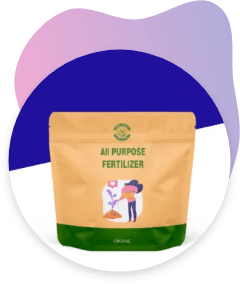
Order small volumes
Start small and test out the packaging you’ve selected. Part of testing how your customers like your new packaging is to do so in small volumes. Fortunately, CarePac has low MOQs so you can try out a few different materials and sizes until you settle on one you like best.

Let your customers know
A brand that’s doing good for the environment should make themselves known to customers - remember that stat above about how 30% of customers are willing to pay more for sustainable products? Let them know that you’ve made the switch to sustainable packaging!
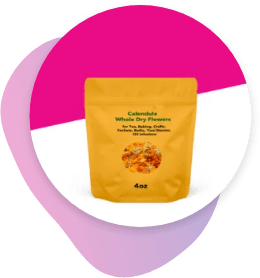
Adjust prices (if you have to)
Many of our customers think that eco-friendly packaging comes at a premium price, but that isn’t always the case. Regardless, it’s always a good practice to review your supply chain and pricing models to determine if you need to increase prices to maintain profitability.
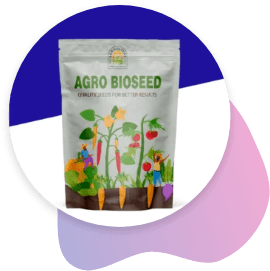
Experience the Carepac packaging difference
At CarePac, we’ll be with you every step of the way - we’ll help you select a material, perfect your branding, design the perfect package, and decide on eco-friendly packaging that’s right for you and your industry. Overwhelmed with the options? We’re here to help, and are more than happy to recommend the correct product! Have questions about sustainable packaging advantages or recycled packaging materials? We’re here to help!
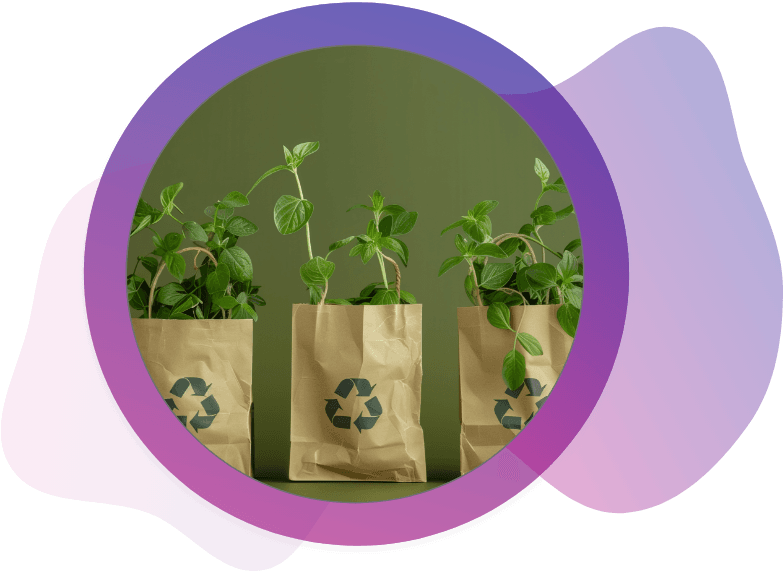
Lets Get Started

Made In
The USA

Full Pouch
Customization

Scalable Printing
Digital & Plate

